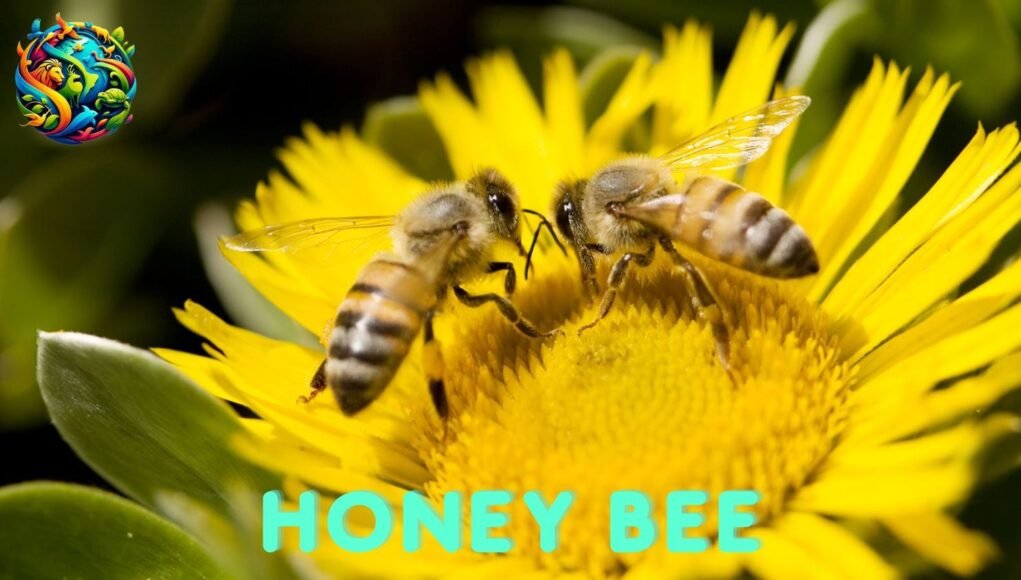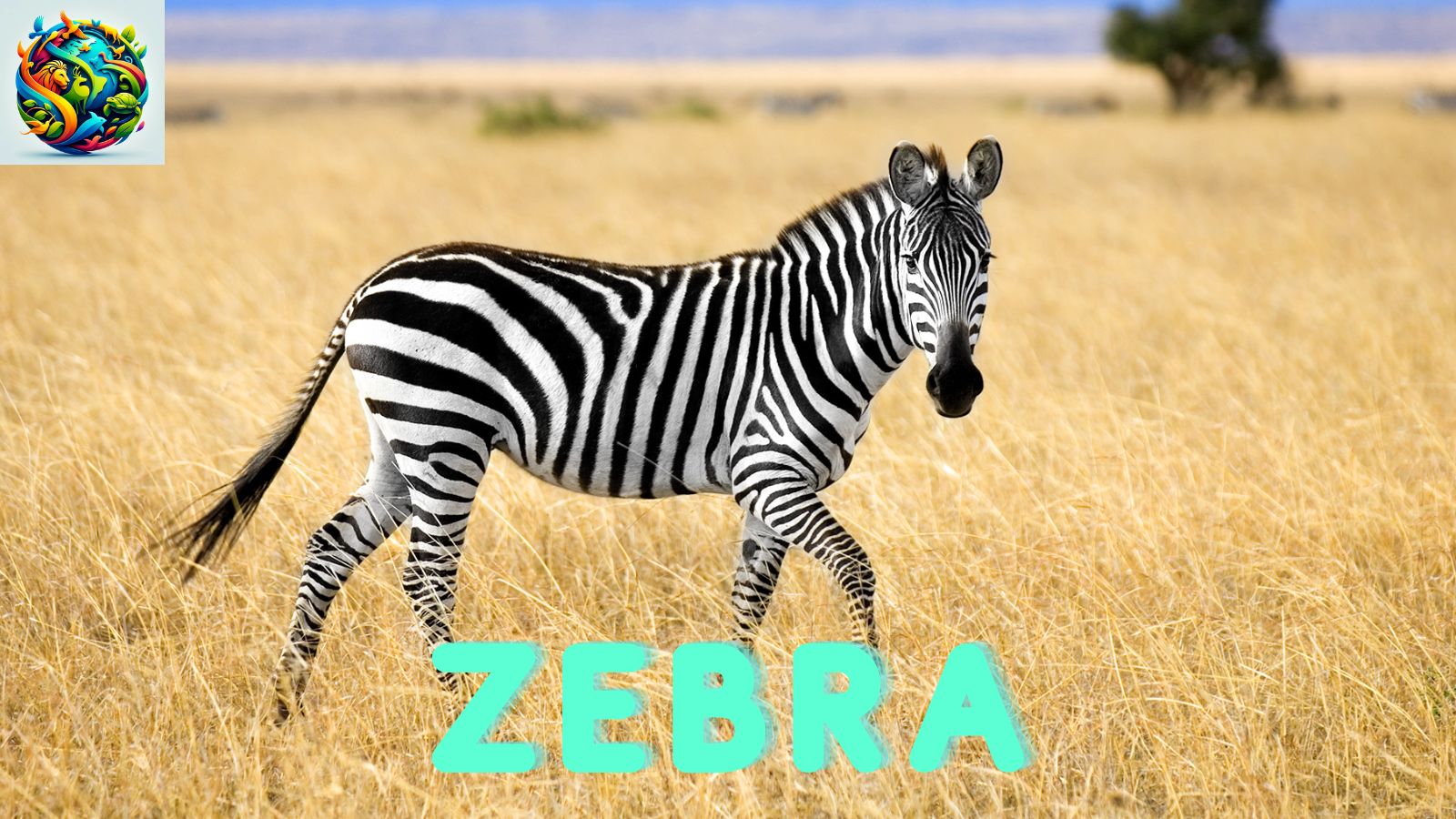Introduction
Across the globe, from the vibrant meadows of Europe to the sun-soaked fields of North America, the honey bee plays a vital role in our ecosystems. These industrious little creatures not only produce the sweet, golden nectar we enjoy but also serve as critical players in the intricate web of life through their essential role in wild bees pollination. It’s fascinating to think that without them, many of our beloved fruits, vegetables, and nuts would vanish, leaving empty plates and hungry hearts.
Incredible Facts about honey bee
- Apis mellifera is the scientific name for the honey bee, a species that has been contributing to agriculture for thousands of years.
- Each bee colony can contain anywhere from 20,000 to 60,000 bees, showcasing remarkable social organization.
- Honey bees communicate through a complex dance known as the “waggle dance,” which informs fellow bees about the distance and direction of food sources.
- These creatures are not just pollinators; they facilitate the growth of plants that provide shelter and food for countless species, making them cornerstone species in many ecosystems.
Physical Traits & Adaptations
These boasts several remarkable adaptations that enable it to thrive in diverse environments. One of the most notable features is its specialized proboscis, which allows the honey bee to easily extract nectar from flowers. This long tongue is perfectly adapted to reach deep into tubular blossoms, from which many other species cannot feed, ensuring they have a reliable food source.
Another intriguing adaptation is their fuzzy bodies, which are covered in fine hairs. This feature promotes the transfer of pollen as bees move from flower to flower, supporting the crucial process of pollination. The unique structure of their legs also aids in this task; pollen baskets on their hind legs allow bees to gather and transport pollen back to the hive efficiently.
Perhaps what truly sets honey bees apart is their highly developed social structure within the bee colony. Each bee has a specific role, whether as a forager, nurse bee, or queen. This division of labor has evolved to enhance colony productivity and health, ensuring the survival of the group. The health of a bee colony is paramount; any disruption can lead to colony collapse, signaling broader implications for environmental health and agriculture.
In the delicate balance of nature, honey bees are not mere pollinators; they are the unsung architects of our ecosystems, stitching together the tapestry of life with each delicate flight.
Habitat and Ecosystem
Natural Range
These, specifically Apis mellifera, is a remarkable insect that has adapted to thrive in a variety of environments. Its natural range spans across continents, yet these industrious pollinators are most abundant in temperate and tropical biomes. In North America, for example, the eastern deciduous forests provide a vibrant ecology where honey bees flourish, drawn to the diverse floral resources that these lush woodlands offer. Here, wildflowers, fruit trees, and other plants bloom in synchronicity, offering a feast of nectar and pollen for honey bees as they flit from blossom to blossom.
Climate and Adaptation
They exhibit a remarkable adaptability to different climates, successfully inhabiting areas from warm, sunny meadows to cooler, temperate regions. They thrive in conditions with moderate temperatures, ideally in areas that experience seasonal floral abundance. To endure colder climates, they engage in clustering behavior during winter months, huddling together within their hives to maintain warmth. The organized social structure of the colony, coupled with their ability to communicate through pheromones and dances, enhances their survival in various climates and ensures their role as critical agents of pollination and seed dispersal in their respective ecosystems.
Diet and Feeding Behavior
The diet of honey bees consists primarily of nectar and pollen, both vital for their survival. Nectar, rich in sugars, serves as the primary energy source, while pollen provides essential proteins and fats necessary for brood development. Honey bees utilize their long proboscis to extract nectar from deep within blossoms, showcasing their specialized adaptation for feeding on a wide variety of flowering plants. In their quest for food, honey bees engage in a mutually beneficial relationship with flora, as they pollinate flowers, leading to the production of fruits and seeds. This intricate dance of feeding and pollination highlights the ecological significance of honey bees as they help sustain the biodiversity of the regions they inhabit.
Predators and Threats
In the Wild
In their natural ecosystems, honey bees face a myriad of predators that threaten their existence. Birds, such as bee-eaters, are nimble hunters that deftly capture honey bees in flight. Additionally, various insects — including wasps and hornets — compete for resources or prey on weaker individuals in the colony. Even larger mammals, like bears, pose a threat as they raid hives in search of honey and larvae. These natural predators remind us of the balance within ecosystems, where predators, prey, and pollinators coexist and interact.
Human Impact
Unfortunately, human actions present more significant threats to bees than their natural predators. Monoculture farming practices reduce the diversity of wildflowers available, limiting the honey bee’s foraging options and leading to nutritional stress. The widespread use of pesticides further aggravates the situation, impairing their health and increasing mortality rates. Urbanization contributes to habitat loss, fracturing the connected ecosystems that honey bees depend on, while climate change alters floral patterns and availability, challenging their adaptation capabilities.
Conservation Efforts
In response to the alarming decline in honey bee populations, various conservation efforts are underway. Initiatives such as creating pollinator-friendly gardens, promoting organic farming practices, and supporting local beekeepers are essential for fostering healthy honey bee populations. Furthermore, public awareness campaigns aim to educate communities on the importance of honey bees in ecosystems and agriculture, rallying collective action to ensure their protection. By recognizing the critical role that honey bees play in biodiversity and food production, we can work together to safeguard their future and the ecological balance they help sustain.
Species and Classifications
When diving into the captivating world of honey bees, it’s remarkable to discover the diversity that exists within this family of pollinators. While there are numerous species, the three most well-known types include the Western honey bee, the Eastern honey bee, and the Italian bee. Each of these species demonstrates unique traits and adaptations that reflect their environments.
The Apis mellifera, or Western honey bee, is perhaps the most recognized across the globe. This species thrives in temperate climates and showcases a remarkable ability to produce large quantities of honey. Clusters of these bees can be seen working in harmony, with individual roles clearly defined among workers, drones, and the queen. One adventurous beekeeper I know, Jake, once described how his Western honey bees seem to dance in delight when foraging during a warm summer afternoon. “They’re like little gold and black chandeliers flickering through the flowers,” he mused, revealing a tenderness most outside observers might miss.
In contrast, the Apis cerana, or Eastern honey bee, is commonly found in Southeast Asia. These bees exhibit slightly different behaviors, such as a greater propensity for swarming and a remarkable adaptation to local environmental challenges, like high temperatures and high parasite loads. Beekeepers using Eastern honey bees often witness their resilience firsthand. I once watched a family in Thailand utilize these bees to pollinate their fruit trees; their gentle buzz offered an unexpected sense of tranquility amidst the lively farm.
Another notable type is the Apis mellifera ligustica, better known as the Italian bee. This subspecies is cherished for its calm demeanor and exceptional honey production. Italian bees are especially favored by new beekeepers because they are less aggressive, making them easier to manage. I remember my first encounter with these bees—they were practically polite, dancing gracefully from flower to flower without so much as a hint of aggression, reminding me that there is beauty in being open and gentle.
Mating, Family, and Communication
Beyond their impressive classifications, honey bees are known for intricate social structures and communication within their colonies. A honey bee colony functions as a superorganism, with thousands of individuals working together for the greater good of the community. When spring arrives, the queen bee embarks on her mating flights, seeking out drones from various colonies in a grand aerial ballet high above the hive. The sheer energy of this moment is breathtaking; it resembles a high-stakes dance, filled with an intricate balance of attraction and competition.
Once the queen has successfully mated, she returns to the hive, ready to lay thousands of eggs in her lifetime. The worker bees now step into a well-defined hierarchy, taking on roles such as foragers, nurses, and guards. Each worker communicates through a series of dances and pheromones, flagging the discovery of food sources or alerting others to danger. An engaging story from my research days highlights this communication; one sunny afternoon, I observed a forager bee perform the famous ‘waggle dance’ on the hive entrance. The synchronized movements, combined with tiny vibrations, effectively communicated the direction and distance to a blooming patch of wildflowers. For her sisters, it was like reading a map etched in the air—everyone knew exactly where to go!
Humans and honey bee
Honey bees have often served as symbols in culture, mythology, and media. They represent hard work, cooperation, and community, often appearing in literature and folklore. Ancient Egyptians revered them, depicting honey and bees in their hieroglyphs as representations of abundance and industry. In modern terms, we see them portraying mystery and intrigue in children’s stories like “Winnie the Pooh,” where the curious bear embarks on myriad adventures in search of honey. In an age where environmental concerns loom large, the bee has also become a symbol for the conservation movement, representing the fragility of ecosystems that need our protection.
Pronunciation in Major Languages
- English – honey bee
- Spanish – abeja melífera
- French – abeille à miel
- German – Honigbiene
- Italian – ape mellifera
In every culture, the presence of honey bees is undeniable—a sweet echo of nature’s resilience, creativity, and the intimate connections that bind all living things together.
FAQs
What is a honey bee?
A honey bee is a type of bee known for producing honey and playing a crucial role in pollination. These social insects live in colonies and are essential for the ecosystem as they help plants reproduce by transferring pollen.
How do honey bees make honey?
Honey bees make honey by collecting nectar from flowers and converting it into honey through a process of digestion and evaporation. They store the honey in hexagonal wax cells, which is how they sustain themselves during winter.
What is the lifespan of a honey bee?
The lifespan of a honey bee varies based on its role in the colony; worker bees typically live for about 6 weeks, while queen bees can live for several years. Drones, the male bees, generally have the shortest lives, often only a few months.
Why are honey bees important for agriculture?
Honey bees are essential for agriculture because they pollinate a variety of crops, helping to increase yields and improve food quality. Without their pollination, many fruits, vegetables, and nuts would decline significantly in production.
How can I help protect honey bees?
You can help protect honey bees by planting bee-friendly flowers, avoiding pesticides, and supporting local beekeepers. Additionally, creating habitats with native plants can provide a safe space for bees to thrive.
Learn more on Wikipedia.




